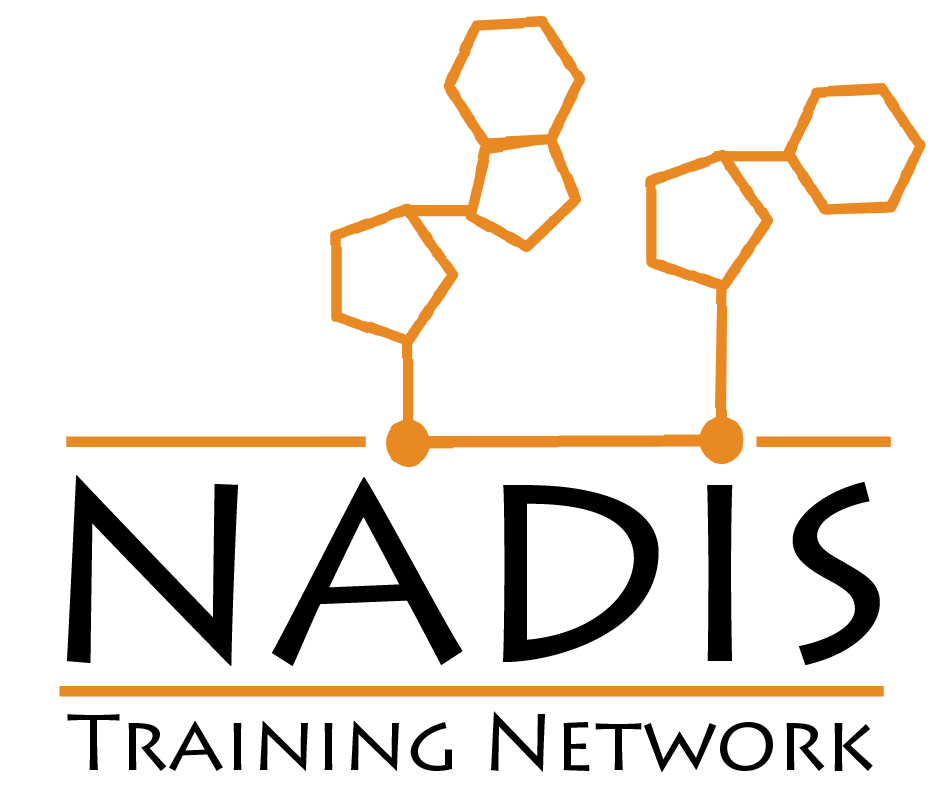Nicotinamide adenine dinucleotide (NAD⁺) is a central and indispensable molecule that has been preserved in nearly every cell, from bacteria to humans[1]. It functions as a coenzyme in redox reactions, a substrate for various enzymes, a key player in cellular metabolism, and a signaling molecule.
The fact that NAD⁺ is involved in virtually every critical reaction necessary for cell survival offers a compelling clue as to why this molecule has been conserved across all living systems for billions of years. These vital roles reveal how life has evolved from its most primitive forms to the complex organisms we see today.

Although NAD⁺ is found in both simple single-celled organisms and complex eukaryotes, there are differences in its functions and the mechanisms it participates in. In prokaryotes, NAD⁺ is primarily involved in energy production and redox reactions. In eukaryotes, it plays additional roles in more complex cellular signaling pathways and acts as a regulator in key biological processes such as aging. To dive deeper into the NAD⁺ in aging, check out our blog post beautifully written by Frida Matiyevskaya: Boosting NAD+ Levels for Healthy Aging. There are also mechanical differences in how NAD⁺ is synthesized. For instance, the NAD⁺ synthase enzyme uses glutamine in eukaryotes, while ammonia is typically used in prokaryotes[2]. Interestingly, some bacteria use NAD⁺ reduction as a defense strategy against phages. This defense mechanism in bacteria sheds light on the development of immune-mediated cell death in eukaryotes[3].
In short, although the NAD⁺ molecule has remained structurally conserved, its functions have evolved to support the growing complexity of living systems. It is without a doubt one of the most indispensable and essential molecules in biology. Understanding more about NAD⁺ and the pathways it participates in could play a significant role in developing treatments for many diseases today.
Author: Melisa Emel Ermert
References
[1] Amjad S, Nisar S, Bhat AA, Shah AR, Frenneaux MP, Fakhro K, Haris M, Reddy R, Patay Z, Baur J, Bagga P. Role of NAD+ in regulating cellular and metabolic signaling pathways. Mol Metab. 2021 Jul;49:101195. doi: 10.1016/j.molmet.2021.101195. Epub 2021 Feb 17. PMID: 33609766; PMCID: PMC7973386.
[2] Bieganowski P, Brenner C. The reported human NADsyn2 is ammonia-dependent NAD synthetase from a pseudomonad. J Biol Chem. 2003 Aug 29;278(35):33056-9. doi: 10.1074/jbc.M302276200. Epub 2003 May 30. PMID: 12777395.
[3] Wang M, Ji Q, Liu P, Liu Y. NAD+ depletion and defense in bacteria. Trends Microbiol. 2023 May;31(5):435-438. doi: 10.1016/j.tim.2022.06.002. Epub 2022 Jul 5. PMID: 35803784.
*The document was edited and grammar-checked for clarity with assistance from ChatGPT 4.0

Leave a Reply